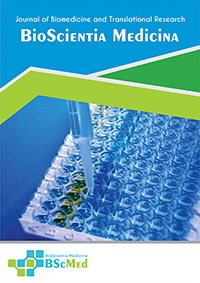Main Article Content
Abstract
Background: Burn injuries represent a major global health issue, with complex pathophysiology that often leads to significant morbidity. Platelet-rich plasma (PRP) has been identified as a potential therapeutic agent due to its high concentration of growth factors that promote tissue renewal. This review synthesizes preclinical evidence on the efficacy of PRP for burn wounds.
Methods: This systematic review followed PRISMA guidelines, searching PubMed, Scopus, and ScienceDirect for animal studies on PRP for burn wounds. The primary outcomes were wound healing, fibroblast scores, and VEGF/EGF levels. The SYRCLE tool was used for risk of bias assessment.
Results: Eleven studies involving 526 animals were included. The risk of bias across studies was generally high or unclear, primarily due to poor reporting of randomization and blinding. Macroscopically, PRP was reported to accelerate wound closure in partial-thickness burns within 4-7 days and in full-thickness burns from day 8 onward. On a biomolecular level, PRP was associated with increased fibroblast scores and elevated tissue concentrations of VEGF and EGF from the first day post-treatment (P<0.05 in multiple studies).
Conclusion: While the included studies suggest PRP may enhance healing, definitive conclusions are precluded by the high risk of bias and methodological heterogeneity across the preclinical evidence base.
Keywords
Article Details
As our aim is to disseminate original research article, hence the publishing right is a necessary one. The publishing right is needed in order to reach the agreement between the author and publisher. As the journal is fully open access, the authors will sign an exclusive license agreement.
The authors have the right to:
- Share their article in the same ways permitted to third parties under the relevant user license.
- Retain copyright, patent, trademark and other intellectual property rights including research data.
- Proper attribution and credit for the published work.
For the open access article, the publisher is granted to the following right.
- The non-exclusive right to publish the article and grant right to others.
- For the published article, the publisher applied for the Creative Commons Attribution-NonCommercial-ShareAlike 4.0 International License.





